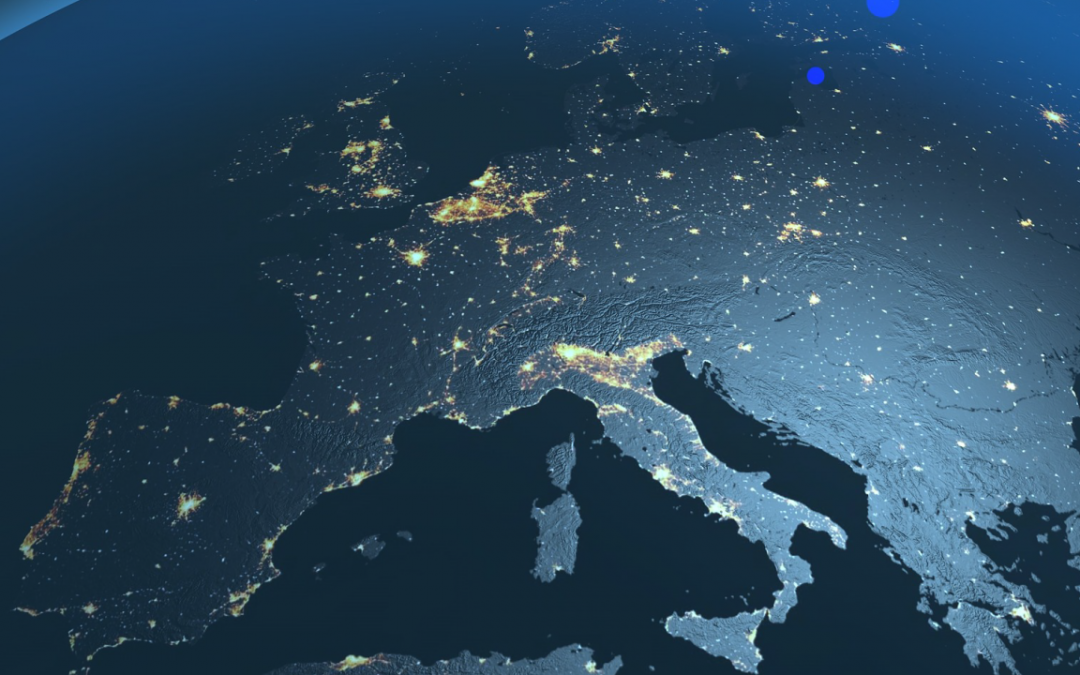Europe can seem like a rather small continent, compared with Asia and Africa. Split the land of this small continent among the 51 different independent states of Europe, and it’s easy to see how European countries are so small. But not all are equally small. Whereas nations like Montenegro and Luxembourg are objectively tiny, there are some European countries that are relatively large. So just from a point of interest I thought I would make a list of the biggest countries in Europe.
Before I start I should note that I won’t be including Russia, despite it being a European nation, only since most of it’s land is in Asia. But I will be including countries with a minority of land outside of Europe. So I’ll be counting The Falklands towards British land size, and French Guiana towards the size of France. Okay that’s enough of a disclaimer. Here are the ten biggest countries in Europe.
10: United Kingdom
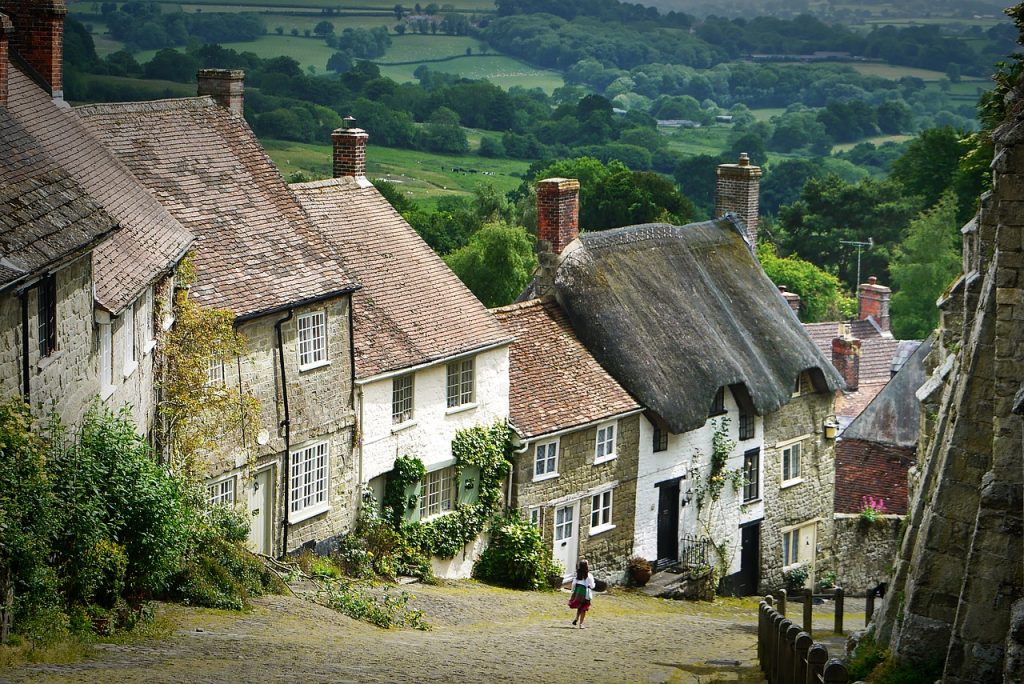
With or without it’s overseas territories, the United Kingdom is the tenth largest country in Europe. Consisting of England Scotland, Wales, and Northern Ireland: the United kingdom is truly a nation of nations. This in part explains why it ranks so highly within Europe. But the truth is the United Kingdom is a small island nation, only seeming large among a group of other tiny European states. There was a time when this small country ruled more of the world than any other empire ever has. But over the last hundred years or so, the overseas holdings have slowly been granted independence. All that is left now are a few remnants like Gibraltar and the Falkland islands.
9: Italy
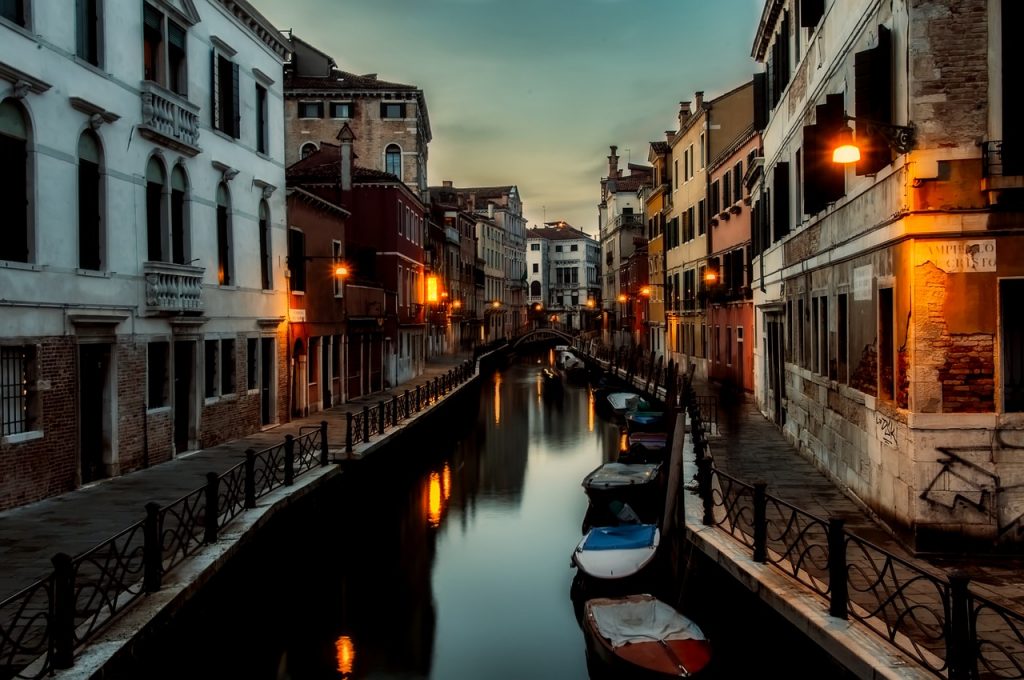
At number nine, Italy stretches from the snow covered Alps of central Europe, well into the warmth of the Mediterranean. At the southern tip of Italy, Africa can be clearly seen by the naked eye. Until the 19th century Italy was not one country, but a number of independent states, each competing with each other for influence and wealth. Among these states were Florence, Venice, and the kingdom of Naples and many others. When these independent states were finally unified as one state, Italy immediately became a great power within Europe. This was in part by virtue of it’s size, being one of the biggest countries in Europe led by one king.
8: Poland
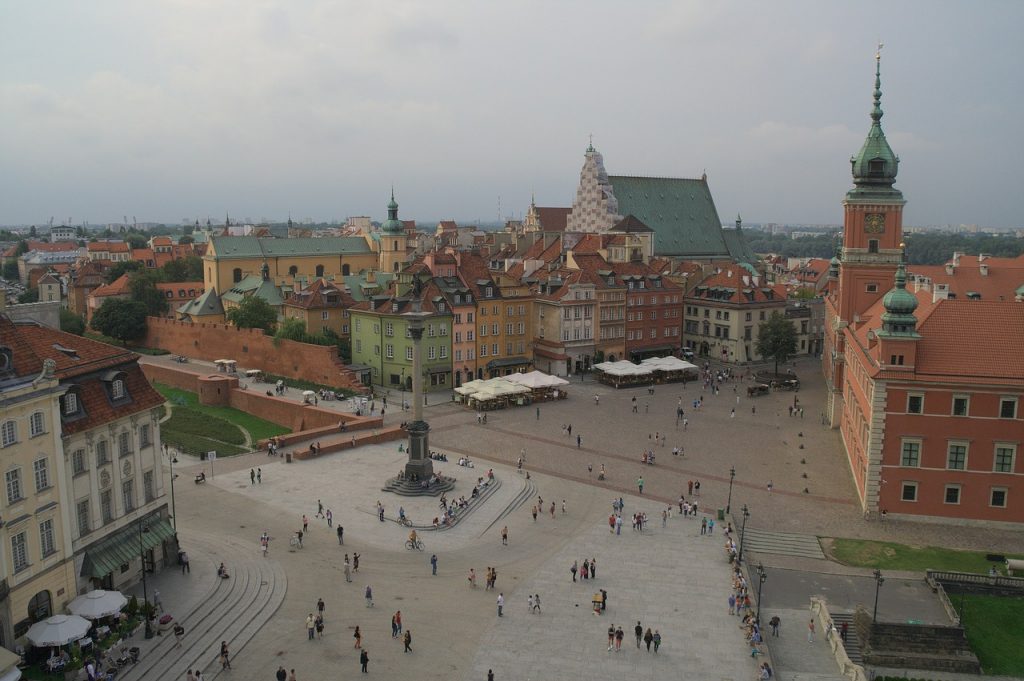
Poland is one of Europe’s oldest countries and over the centuries it’s borders have changed a lot. For a time Poland ruled a large empire, and for a time it was a small landlocked republic without access to the sea. Then after world war one, Germany was forced to surrender a large sway of territory to Poland, giving it access to the Baltic Sea. This came to be known as the Polish corridor, and although losing it during the second world war, Poland today retains much of the corridor.
Poland borders Germany, Czechia, Slovakia, Ukraine, Belarus, Lithuania and even Russia – via a small Russian enclave on the Baltic coast. Things are looking well for modern Poland. Her economy has grown steadily and she is one of just a few NATO member states to meet it’s military spending goal of two percent. It’s a far cry from where she once was. Poland has perhaps seen more persecution and subjugation than any other country. But today she has a lot of land, an increasingly educated population, and strong institutions. Poland has a bright future ahead.
7: Finland

Finland, like Poland, has been developing well over the last few decades. It’s political system runs as smoothly as any could. Finish people are highly educated and usually speak near perfect English. Apart from Iceland and Denmark, all Scandinavian states are among the biggest countries in Europe. The Scandinavian peninsular is long, and it’s home countries are thin.
The result is they have quite a lot of land, even is much of said land is uninhabited. In fact Finland has a population density of 16 people per square kilometer. Whereas all of Finland is cold af during the winter, due to it being a very northern country. Most of the populated areas are in the south of Finland, with much of the North lying within the arctic circle.
6: Germany

It’s no surprise to see Germany on this list. It just looks big on a map. But Germany is a lot smaller than it originally was. Like Italy she was only unified during the 19th century, after centuries of being a mess of countless individual states. But when Germany was unified she immediately became one of the biggest countries in Europe, owning Luxembourg, the Czech republic and much of what is now Poland.
It’s fortunes in the first and second world wars saw Germany lose a lot of land. Yet still she is a rather large country, both in several different ways. First there is land, then population. There is also a depth of German culture. Germany has a lot of major cities and a booming economy; strong institutions and countless renowned scientists.
5: Norway
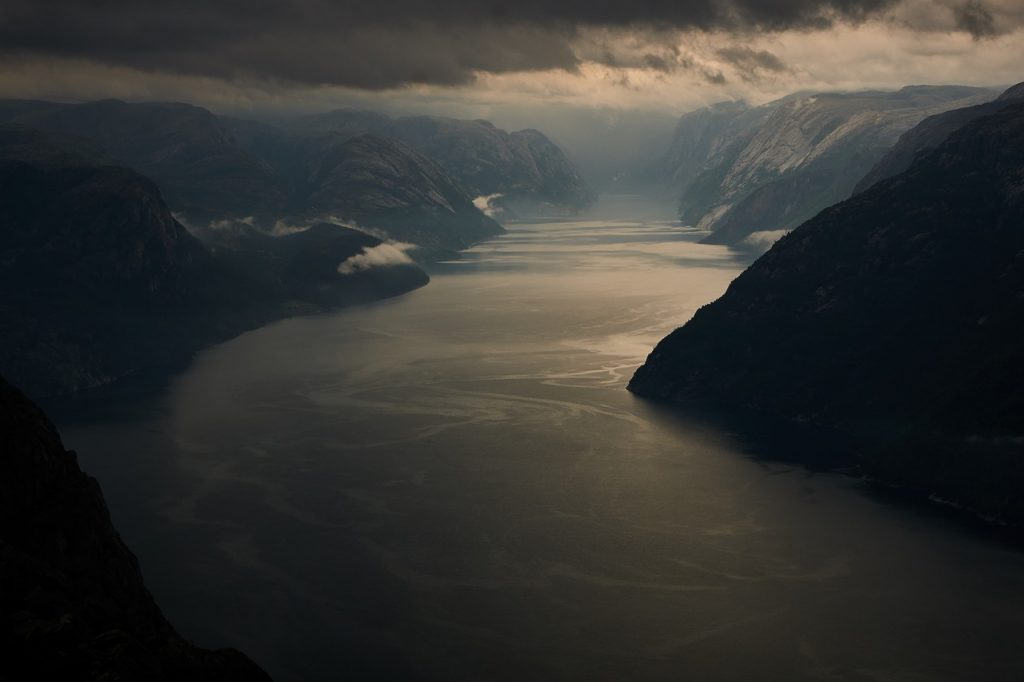
Norway is deceptive. It looks much smaller than it really is, due to it being so thin. But it’s a very long country, sharing a border with Russia in it’s northern region. The land of Vikings, Norway was unified over a thousand years ago by a warrior king. He was in love with a woman who refused to marry him until he was rightful King of all Norway. And so he launched military campaigns against the many other kings in what is now Norway.
One by one they fell to his might, until a coalition of monarchs agreed to defeat him together. But then, he defeated their collective force in one battle – the battle where four kings died. It was some real game of thrones business. After the battle he was free to unify the territory of those fallen kings, creating Norway. Ever since Norway has remained one of the most important and biggest countries in Europe. Norway even has some overseas territories – most notably the large and remote islands of Svalbad.
4: Sweden
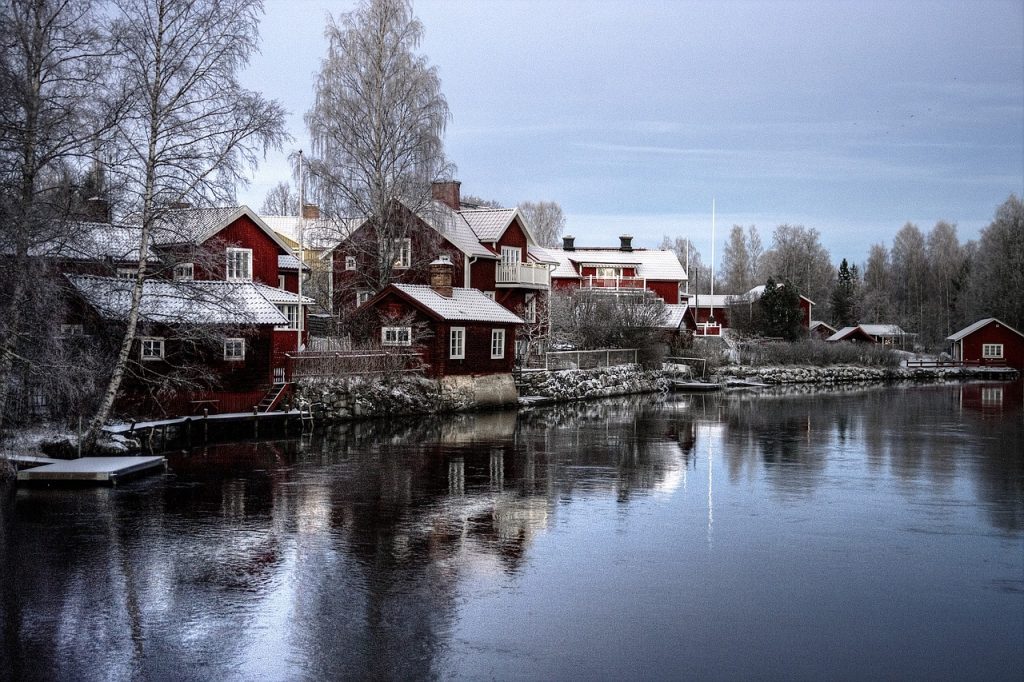
The slightly larger sibling of Norway, Sweden stretches deep into the arctic circle. It’s northern regions are mysterious and home to native groups that believe in magic and monsters. These groups often speak Sami – a separate language from Swedish. More than anything this speaks to the pure size of Sweden, stretching across different kingdoms. For much of the 17th and 18th century Sweden was among Europe’s foremost powers, with an empire exceeding it’s modern day borders, ruling Finland and Estonia as well as parts of Norway and Germany.
Every kingdom in northern Europe feared the military might of Sweden, including the great monarchies of Russia and Austria. But with the rise of other powers like Prussia and Poland, Sweden saw her influence fade – and with it, foreign territory. Although a far cry from their former glory, Sweden remains one of the biggest countries in Europe. Perhaps one day Sweden will rise again and all will fear her… probably not.
3: Spain

Spain is one of the less deceptive looking nations of this list. It just looks big, because it is. Having spent last summer in Spain, I can tell you from experience that she is a vast nation. The southern hot Mediterranean regions are markedly different from the lush cool regions of the north. Most of the Iberian peninsular is Spanish land, bar the small slither that is Portugal. Spain even has some land in Africa still. It is a remnant of the old Spanish colonial empire – which at one point was the largest in the world.
Spain was for a long time the most powerful kingdom globally, extracting incalculable wealth in gold and silver from the New World. Their territories stretched from Argentina to California, from Morocco to the Philippines. Many consider it the first true global empire. So it’s no wonder Spain is still one of the larger nations in Europe all these years later.
2: France
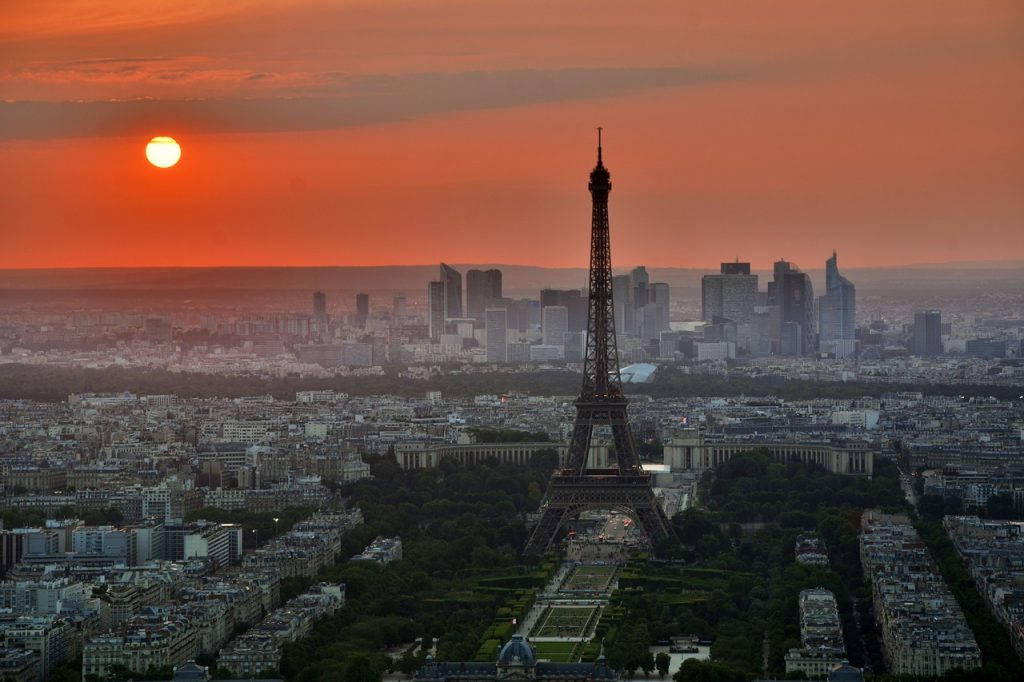
France also looks as large as it is. For almost all of it’s existence, France has been the natural foremost continental power in Europe, checked at times only by Russia and Britain. This status is mostly from it’s geographical advantages, with mountain ranges to protect it’s southern territories and relatively weak and divided kingdoms to the north. This gave France an almost free reign to expand in all directions, growing to the large nations we now recognize.
Corsica, still part of France, was among the most recent additions to French territory. The homeland of Napoleon Bonaparte, Corsica was fiercely independent for centuries, resisting invasions from Spain Italy and France over and over again. But like I say, it is now part of France. Another overseas French territory is French Guinea, a patch of land in south America large enough to be an independent country in itself. However, it’s population has been seduced into remaining part of France, largely by economic aid.
1: Ukraine

Even after losing the Crimean peninsula to Russia in recent years, Ukraine is still large enough to be considered the biggest country in Europe. Bordering Russia, Belarus, Poland, Slovakia, Hungary, Romania and Moldova – Ukraine truly is an immense nation. It’s size is impressive considering Ukraine was created in the early 20th century, towards the end of world war one. There really isn’t much else to say here, Ukraine is just a really big country for a European state. That says a lot about this continent as compared to a lot of nations in other regions of the world, Ukraine is actually relatively small.

